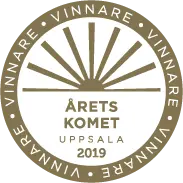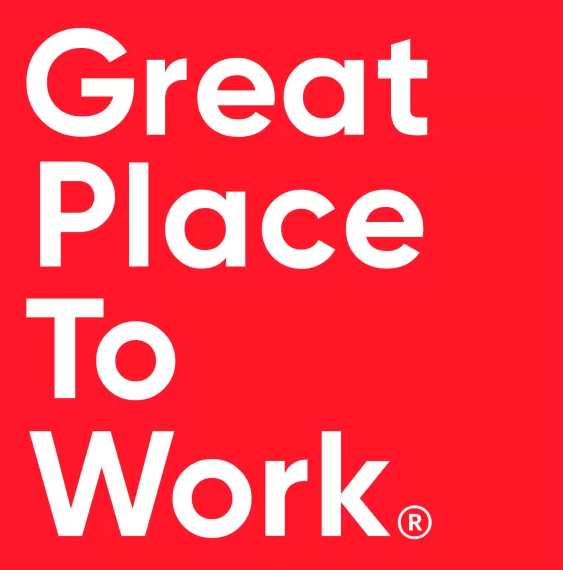As a result of the Covid-19 pandemic, brands and retailers were forced to adapt to a new way of working – the digitalized way. Nowadays, digital marketing of products or services is the most effective way to achieve sales. With trade shows canceled and in-person showroom meetings moved online, the current ideal solution to streamline your virtual sales process is a virtual showroom. Digital showrooms allow you to share your collections at the click of a button and book virtual meetings or create virtual fitting rooms with retailers. Depending on the software, you can share 3D product images and product videos and accept purchase orders. We have all been to more Zoom meetings in the past year than we ever thought possible. But the pandemic has accelerated the digital revolution – and the adaptation of virtual showrooms. In this article, we will look at what a virtual showroom is and why it is so beneficial. It also highlights best practices for virtual selling and how brands are embracing this new way of selling.
What is a virtual showroom?
Virtual showroom – also called digital showroom – is an innovative solution that allows brands and retailers to engage customers and sell products through an online platform.
It replaces physical showrooms and fairs, eliminating the need for a physical location and the trials and tribulations that come with displaying new collections. Virtual showroom software bridges the gap between the digital and physical world.

Brands create and organize new collections, including product photos and details, pricing and delivery information. Some virtual showroom platforms have virtual 3D sampling capabilities, completely eliminating the need for physical sampling.
Dealers are invited to visit the showroom at a time that suits them. They can explore your new products or collections digitally and then place purchase orders directly in the same platform.
Digital exhibition spaces are not entirely new. But with trade shows on hold, the adoption of this new technology has accelerated – and is probably here to stay.
According to McKinsey, both B2B buyers and sellers prefer the new digital reality. Around 70-80% of B2B decision-makers prefer remote human interaction or digital self-service.
There are many benefits to using digital showrooms for both retailers and brands; including easier scheduling, saving money, sustainability and security.
Digital showrooms are used in a variety of industries; such as fashion, beauty, home goods, automotive and more.
How brands and retailers are using virtual showrooms
Brands and retailers in the fashion, beauty and home design industry use digital showrooms to offer the entire selling and buying process online. This simplifies things for everyone involved.
Instead of scheduling many physical meetings with retailers, companies are adding seasonal collections to the digital showroom platform. This allows retailers to visit at their convenience, view the entire collection and place orders at the same time.
Traditionally, this would happen at a trade show or a brand’s physical showroom for a certain period of time. Personalized showroom sales require lots of scheduling, and you can only accommodate a limited number of people per week.
Brands use digital showrooms to extend their reach and streamline the B2B sales process. When the buying process is online, multiple buyers can view your collection and submit their purchase orders at the same time.
Retailers use digital showroom platforms to discover new collections and complete purchase orders. With this virtual experience, buyers can see and order from different brands without spending a whole day between meetings in the showrooms.
How do virtual showrooms work for a brand?
The virtual showroom is an excellent tool that allows you to develop your brand at different levels:
- It increases the brand’s speed of entry into the market.
- Plan the range you have in your shop.
- Arrange your products as you wish, depending on the buyer’s purchase history, location and other key factors that simplify the buying process for them.
- Manage and customize your app via the admin panel without involving developers.
- Collect and analyze data.
- Immerse customers effectively with only one mobile device.
- Create different fully customized 3D environments especially for you.
- Plan the space inside the showroom and customize it.
- Create hotspots and animations to interact with customers.
- Use special sales stands and customize them at any time.
When a brand wants to stand out from the competition, it can try many old methods. But how can you reach another destination using the same roads?
Today, brands have to be insanely creative to get noticed, make their content go viral and generate hysteria around their name. And that’s where a digital showroom comes in handy.
What can customers do in virtual showrooms?
Frankly, a customer can do a LOT in the virtual showroom:
- Physically move around the virtual space integrated into the real world.
- “Try on” products in real spaces.
- Use a virtual ruler to check the actual size of each product and whether it fits in the real space.
- Discover product descriptions and characteristics.
- See marketing and advertising information.
- Engage in sales, promotions and seasonal activations.
- Buying products.
Digital showrooms give customers a sense of control over the buying process and reduce their stress level from buyer’s remorse. It allows customers to understand that they are not buying air, that there is still something tangible, something real, and in this way it gives them that real try-before-you-buy feeling.
Augmented reality – authenticity that sells
Augmented reality (AR) is the integration of digital information with the user’s environment in real time. Unlike virtual reality (VR), which creates a completely artificial environment, AR users experience a real environment with generated perceptual information on top of it.
Augmented reality is used to either visually alter natural environments in some way or to provide additional information to users. The main advantage of AR is that it manages to blend digital and three-dimensional (3D) components with an individual’s perception of the real world. AR has a wide range of uses, from assisting in decision-making to entertainment.
AR delivers visual elements, sound and other sensory information to the user through a device such as a smartphone or glasses. This information is overlaid on the device to create an interwoven experience where digital information changes the user’s perception of the real world. The superimposed information can be added to an environment or mask part of the natural environment.
This way of using visualization for marketing purposes is only increasing, in industry after industry.
Augmented reality for virtual showrooms
Not being able to show products to customers can be costly. With Augmented Reality (AR) showrooms, retailers and manufacturers can make products always available – at zero inventory cost. Allow buyers and manufacturers to experience products via AR headsets or on a screen. This reduces time to market by up to 20% and reduces travel, sampling and tooling costs. Meet in virtual rooms with participants as AR holographic avatars and switch seamlessly between colors, materials and parts.
Communicating with manufacturers, suppliers and purchasing teams can be difficult for product designers and salespeople. Especially given recent travel restrictions, even shipping prototypes back and forth can be costly and time-consuming. An AR showroom is the perfect virtual meeting place to align cross-functional teams in different countries. Product designers and merchandisers can simultaneously view ultra-realistic 3D models of products, brainstorm together and adjust prototypes virtually.
This allows your product development teams to: seamlessly switch between color or material variations, add or remove design elements, consider the cost impact of design changes during the early stages of the product development process, and save time and reduce travel costs.
Conclusion
With the constraints of the new age – and an increasingly digitalized society – it is increasingly important to follow current trends.
Virtual showrooms are the best way to keep your business moving forward. They are a way for you to incorporate technology into your marketing and sales strategy and improve the customer experience in the process.
In addition to virtual showrooms, businesses can boost their online presence and sales by integrating other digital marketing solutions like SEO. A well-rounded marketing strategy involves more than just showcasing products; it’s about ensuring that potential customers can easily find your business when they search for relevant services.
This is where a dental seo company comes into play. By optimizing a website for search engines, businesses can increase visibility, drive organic traffic, and ultimately attract more qualified leads. Whether it’s through local SEO for geo-targeted searches or content optimization to answer customer questions, SEO is a critical tool in amplifying the effectiveness of online marketing campaigns.
Just like virtual showrooms, these marketing solutions are integral to staying competitive in an increasingly digital world.
The sales and purchasing process is streamlined for both brands and retailers, and virtual showrooms are beneficial for both retailers and brands.






